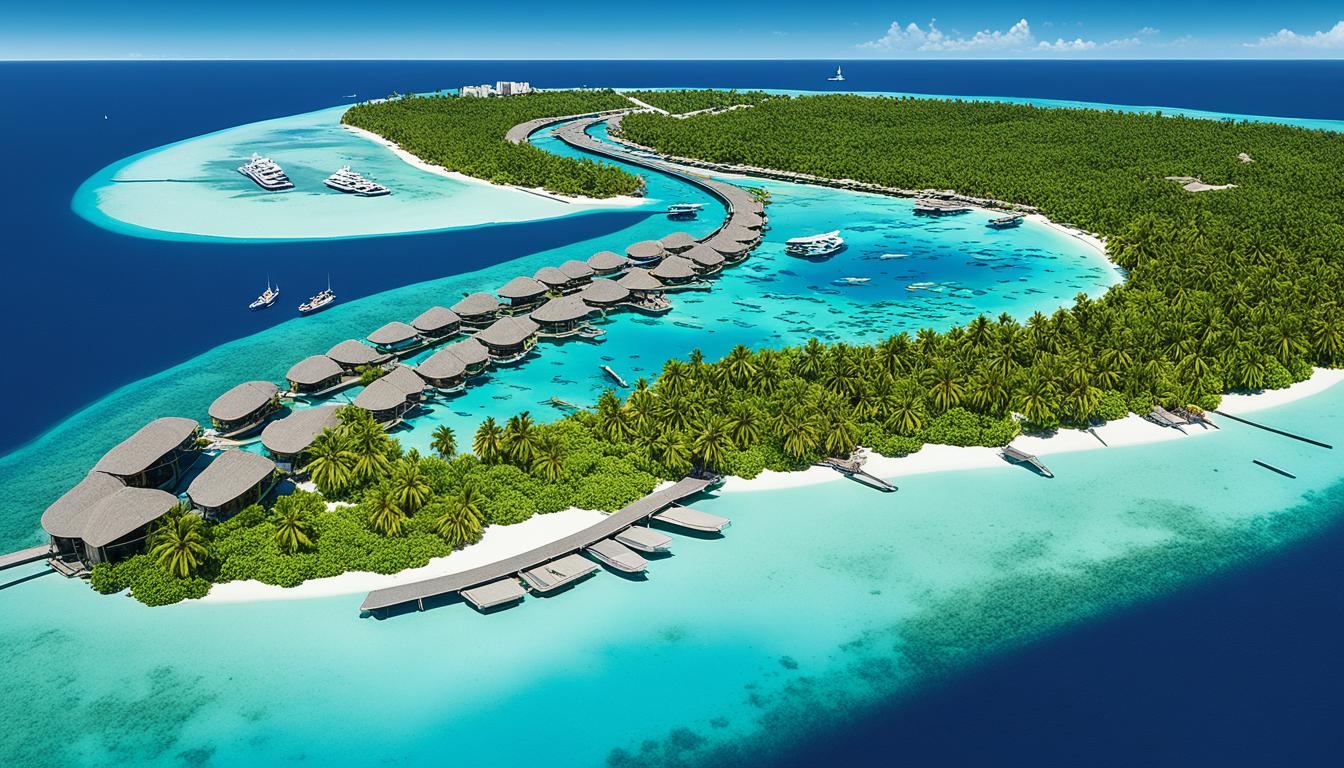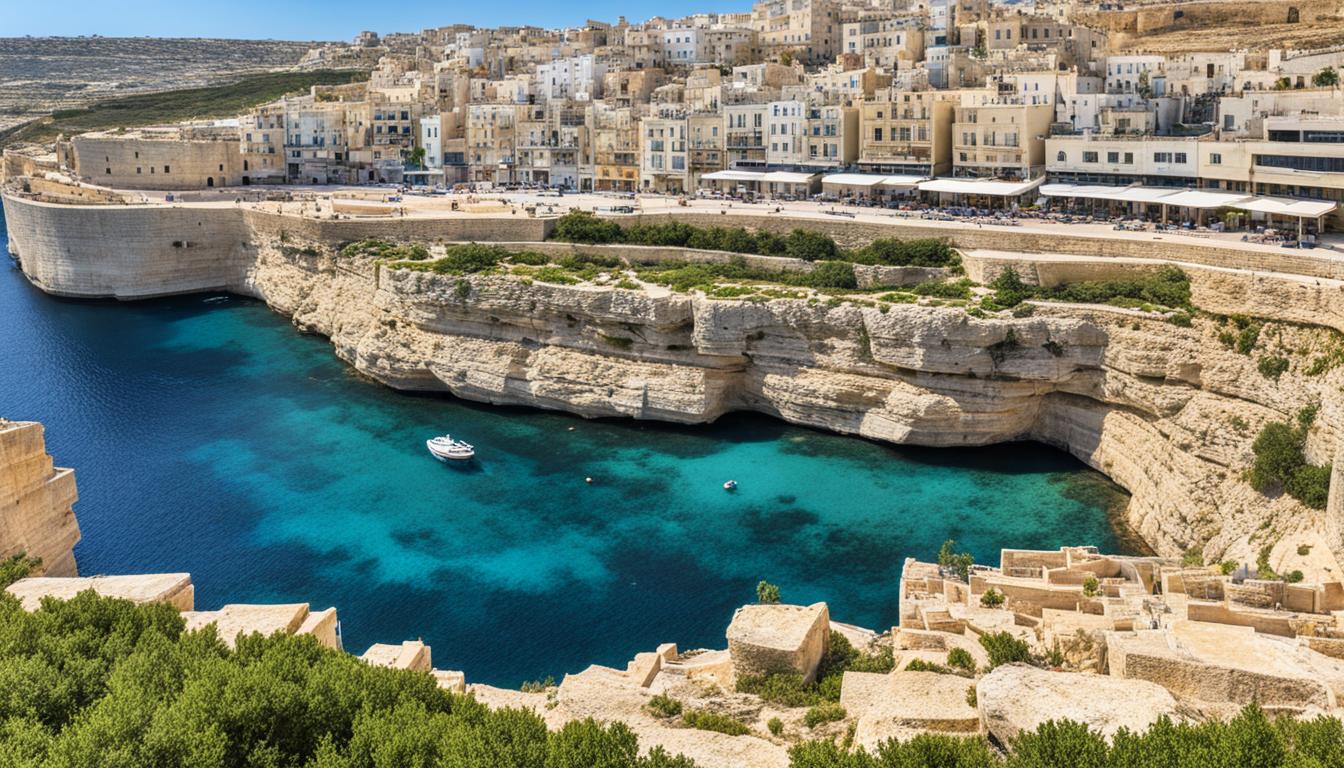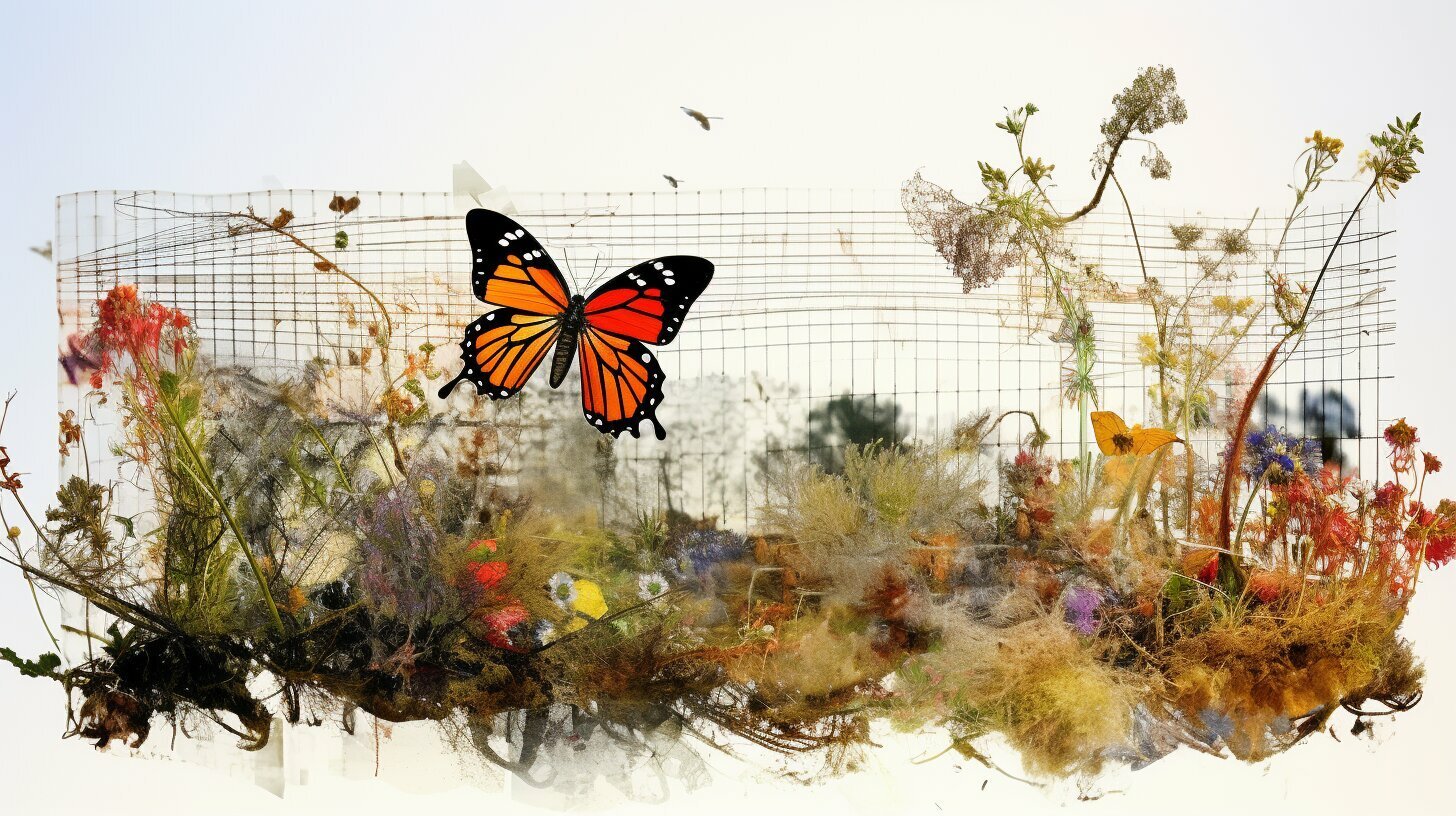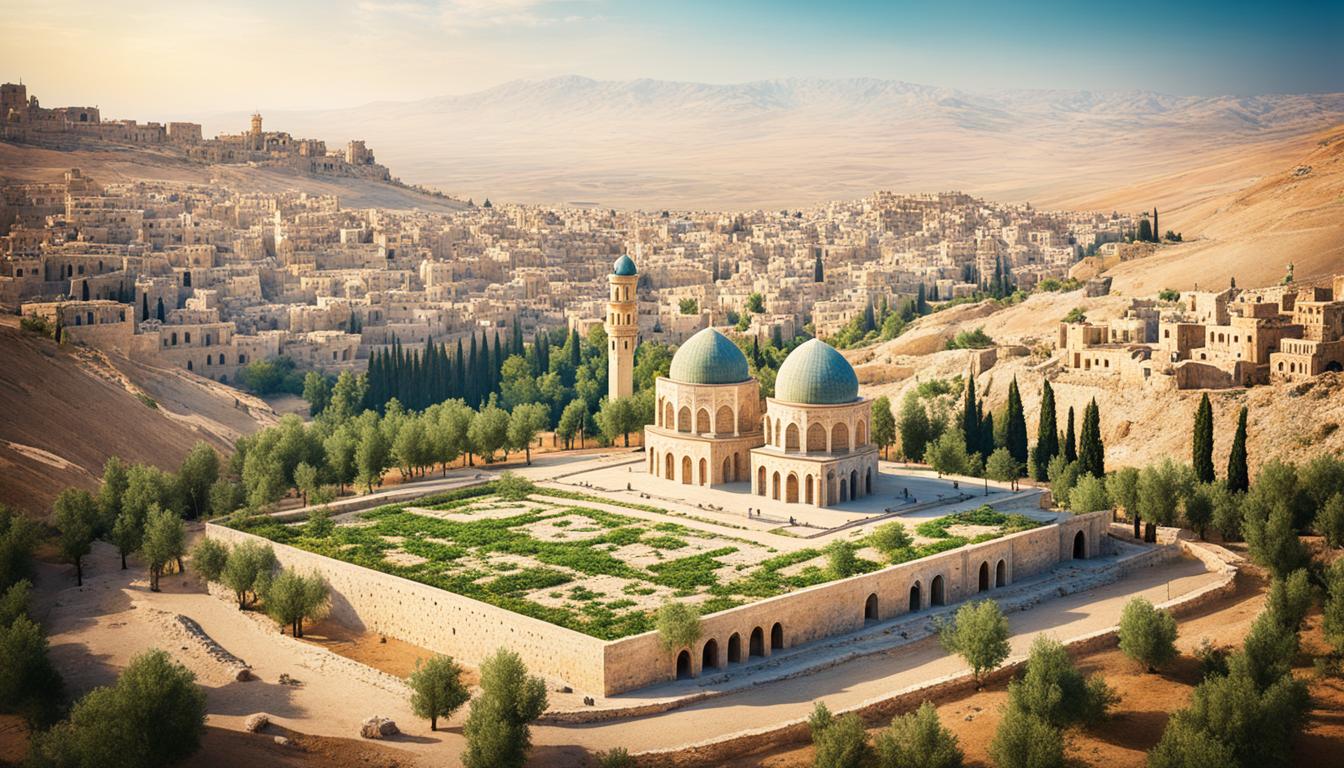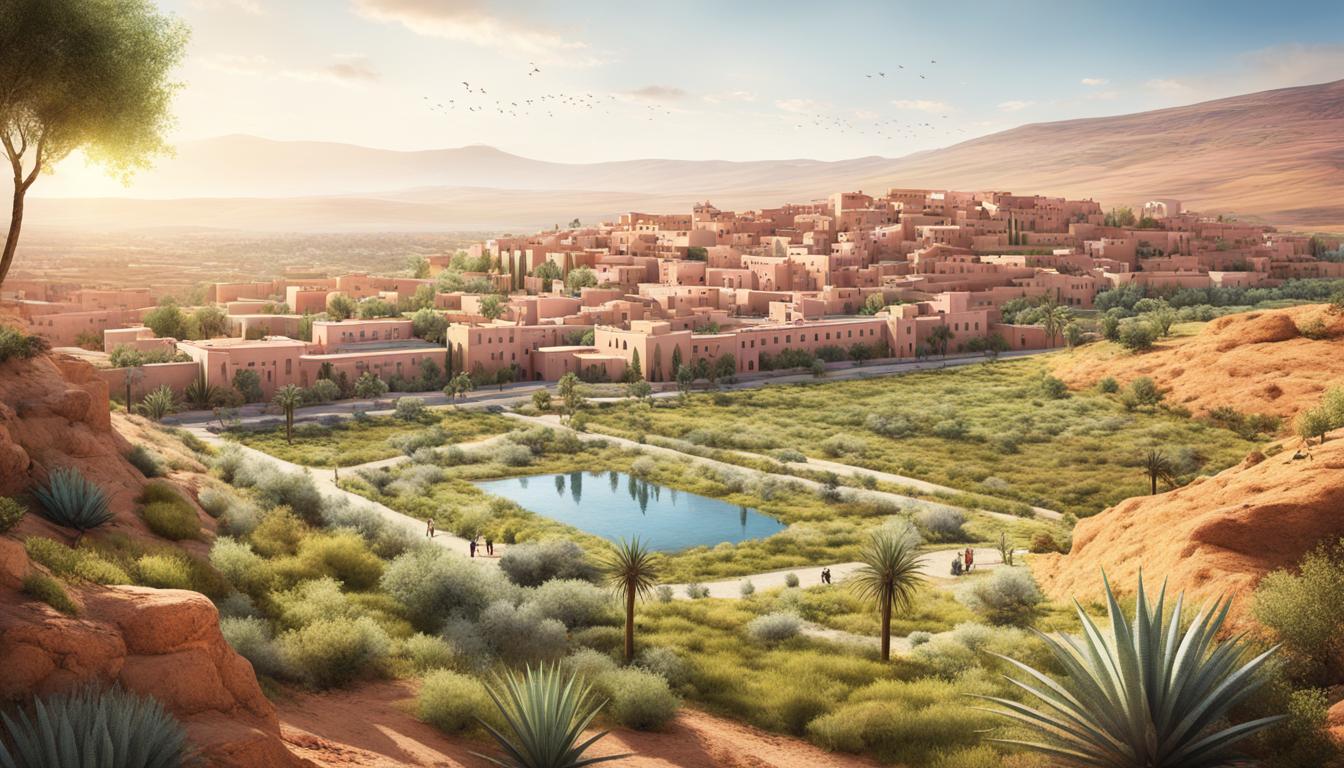Mali Biodiversity and the Built Environment
Did you know that Mali, a landlocked country in West Africa, is home to a staggering array of flora and fauna?
With its diverse forest, wildlife, aquatic species, and ecosystems, Mali boasts a rich biological heritage. However, this precious biodiversity is under threat from human activities and climatic hazards, leading to a reduction in primary production and changes in vegetation cover.
Preserving Mali’s biodiversity is not just an environmental concern—it directly impacts human needs for food, nutrition, health, and income. It is crucial for the sustainable development of the country and the well-being of its population.
Key Takeaways:
- Mali is home to diverse flora and fauna, but their survival is at risk.
- Conserving Mali’s biodiversity is vital for the environment and the well-being of its people.
- Mali has a network of 27 protected areas that play a crucial role in biodiversity conservation.
- Incorporating sustainable practices in the built environment can help preserve biodiversity.
- Mali’s response to biodiversity loss includes a National Strategy and Action Plan for Biodiversity.
The Flora of Mali
Mali boasts a diverse and abundant flora, with a total of 1,739 spontaneous plant species spread across various plant families. This rich botanical diversity contributes significantly to Mali’s overall biodiversity, supporting the survival of numerous animal species and providing essential resources for local communities.
“The flora of Mali nurtures an intricate web of life, serving as a vital foundation for the country’s ecosystems,” says Dr. Aminata Traoré, a renowned botanist and conservationist. “It is in these plant species that we find the building blocks for our natural heritage.”
Within Mali’s plant kingdom, there are eight endemic species found exclusively in Mali. These unique plant species highlight the country’s importance as a hotbed for plant diversity and underscore the need for their conservation.
Conserving Mali’s flora is of utmost importance, as it ensures the sustainability of its ecosystems and the well-being of its people. The flora of Mali provides a wide range of ecosystem services, including oxygen production, soil stabilization, and water regulation, which are crucial for maintaining our delicate ecological balance.
Furthermore, many plant species in Mali have significant cultural and medicinal value. Traditional healers rely on the rich biodiversity of the flora for their medicinal practices, which have been passed down through generations.
Efforts to protect and conserve Mali’s flora have been implemented through the establishment of protected areas and conservation initiatives. These conservation measures aim to safeguard the habitats of plant species, promote sustainable land management practices, and raise awareness about the importance of the flora in Mali’s natural and cultural heritage.
Below is a table showcasing the diversity of plant families in Mali:
| Plant Family | Number of Species |
|---|---|
| Arecaceae (Palms) | 311 |
| Poaceae (Grasses) | 228 |
| Apocynaceae (Dogbane Family) | 176 |
| Caesalpiniaceae (Pea Family) | 161 |
| Mimosaceae (Mimosa Family) | 137 |
As seen in the table, Mali is home to various plant families, each contributing to the country’s botanical diversity.
The Fauna of Mali
The fauna of Mali showcases a remarkable diversity, with a wide array of animal species inhabiting its vast landscapes. However, many of these species are currently facing a concerning trend of decline. Several animals, including the Dama gazelle, chimpanzee, and wild dog, are classified as critically endangered, while others like the cheetah and Barbary sheep are classified as vulnerable. This decline in the population of fauna not only threatens the individual species but also poses a significant risk to the overall biodiversity of Mali. Conservation efforts are vital in protecting and conserving Mali’s fauna, ensuring the survival and well-being of these endangered mammal species.
Protected Areas in Mali
Mali has taken significant steps to protect and preserve its natural heritage by establishing a network of 27 protected areas covering a vast total area. These protected areas serve as crucial strongholds for Mali’s diverse ecosystems and play a pivotal role in biodiversity conservation.
They safeguard the habitat of endangered and vulnerable species and provide a safe space for the proliferation of unique flora and fauna. These protected areas are biodiversity hotspots, containing a high density of species and a wide range of habitats. They represent the rich biodiversity of Mali and contribute to the conservation of globally significant flora and fauna populations.
“Protected areas are vital for the conservation of Mali’s biodiversity. They offer a haven for endangered and vulnerable species and play a critical role in maintaining the ecological balance.”
These protected areas are strategically located in various ecosystems across Mali, including forests, wetlands, grasslands, and savannahs. Each of these ecosystems supports a distinct assemblage of plant and animal species, contributing to the overall biodiversity of the country. The diverse habitats found within these protected areas provide refuge and breeding grounds for a wide range of species, ensuring their long-term survival.
The protected areas in Mali not only serve as sanctuaries for biodiversity but also offer opportunities for scientific research, environmental education, and eco-tourism. They allow researchers to study endangered species, monitor population trends, and evaluate ecosystem health to inform conservation strategies. Additionally, these areas attract tourists who are interested in experiencing the country’s rich wildlife and natural landscapes, contributing to local economies.
Overall, the efforts focused on protected areas in Mali contribute significantly to the environmental protection of the country, ensuring the longevity of its biodiversity.
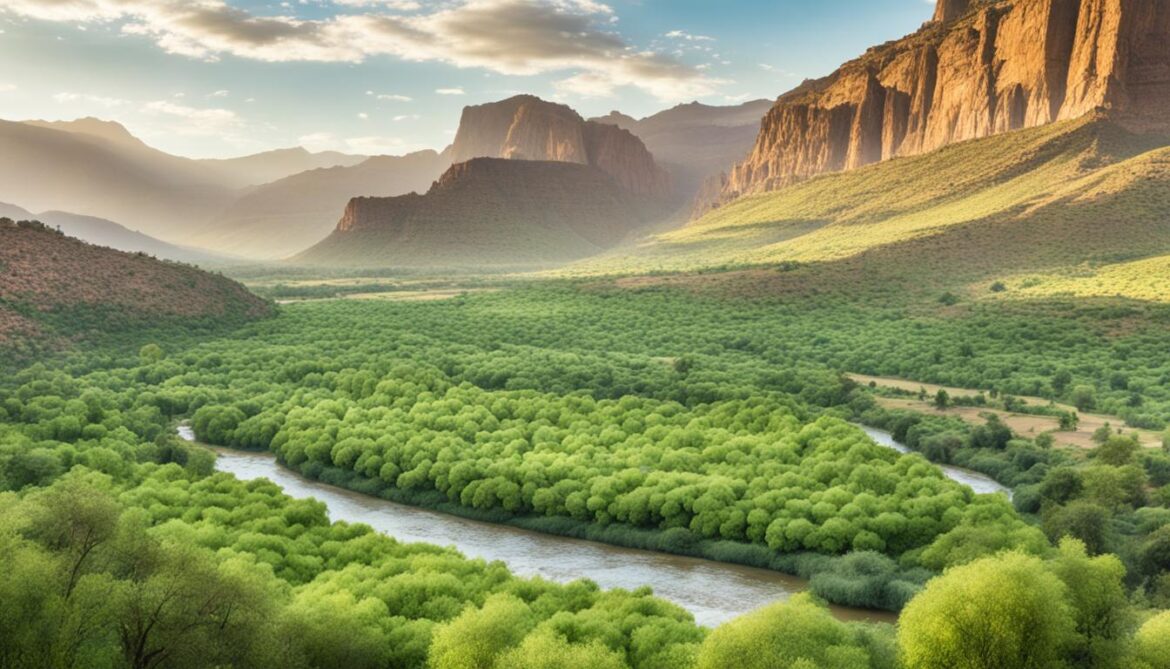
| Protected Area | Size (km2) | Key Habitats | Key Species |
|---|---|---|---|
| Bamako Wildlife Reserve | 100 | Woodland, Wetland | Nile crocodile, African manatee |
| Bafing Biosphere Reserve | 2,750 | Forest, Savannah | West African chimpanzee, African elephant |
| Timbuktu Cultural Landscape | 10,000 | Historical Sites, Desert | Acacia tortilis, Desert crocodile |
| Djenné-Djenno Archaeological Landscape | 50 | Archaeological Sites | Antiquities, Ancient pottery |
Benefits of Protected Areas in Mali
Protected areas in Mali offer numerous benefits, playing a crucial role in conserving biodiversity hotspots and safeguarding habitats for endangered and vulnerable species. These protected areas provide a range of ecological and economic advantages, promoting sustainable use of natural resources, facilitating educational and research opportunities, and preserving ecological balance.
One of the primary benefits of protected areas is their conservation value. By designating specific areas for protection, Mali can preserve its biodiversity hotspots, which are regions with high species richness and endemism. These hotspots are essential for maintaining the genetic diversity of plant and animal species, ensuring their long-term survival and evolution.
Protected areas are the cornerstones of biodiversity conservation, safeguarding critical habitats and supporting the recovery of endangered and vulnerable species. They create safe havens where these plants and animals can thrive, away from the threats posed by human activities and habitat degradation.
Moreover, protected areas in Mali enable the sustainable use of natural resources. By implementing carefully managed practices, local communities can benefit from these resources without causing long-term harm to the environment. Sustainable activities such as ecotourism and sustainable harvesting of non-timber forest products can provide economic opportunities while ensuring the conservation of natural habitats and species.
Protected areas also serve as vital educational and research sites. Researchers and scientists can study the unique ecosystems and species found within these areas, deepening our understanding of biodiversity and ecological processes. Additionally, educational programs and awareness campaigns conducted within protected areas raise public awareness about the importance of conservation and inspire environmental stewardship.
However, protected areas face various conservation challenges that require continued efforts and resources to overcome. Poaching, habitat degradation, climate change impacts, and encroachment are among the key challenges that threaten the effectiveness and sustainability of protected areas in Mali.
Conserving protected areas in Mali requires a collaborative approach, involving stakeholders from local communities, governments, non-governmental organizations, and international partners. By addressing these challenges collectively, we can protect and preserve Mali’s unique ecosystems, ensuring the long-term sustainability of these vital natural spaces.
Through ongoing commitment and intensified efforts, Mali can maintain the ecological and economic importance of its protected areas, securing their benefits for current and future generations.
Ecological and Economic Benefits of Protected Areas in Mali:
| Benefits | Description |
|---|---|
| Conservation of Biodiversity Hotspots | Protected areas safeguard regions with high species richness and endemism, preserving genetic diversity and unique ecosystems. |
| Habitat Protection | Protected areas provide safe havens for endangered and vulnerable species, ensuring the long-term survival of these plants and animals. |
| Sustainable Use of Natural Resources | Protected areas allow for the sustainable utilization of natural resources, supporting local communities’ livelihoods while maintaining ecosystem health. |
| Educational and Research Opportunities | Protected areas serve as valuable sites for scientific research, fostering knowledge and understanding of biodiversity and ecological processes. |
| Preservation of Ecological Balance | Protected areas contribute to the overall ecological balance by maintaining intact ecosystems and supporting healthy populations of species. |
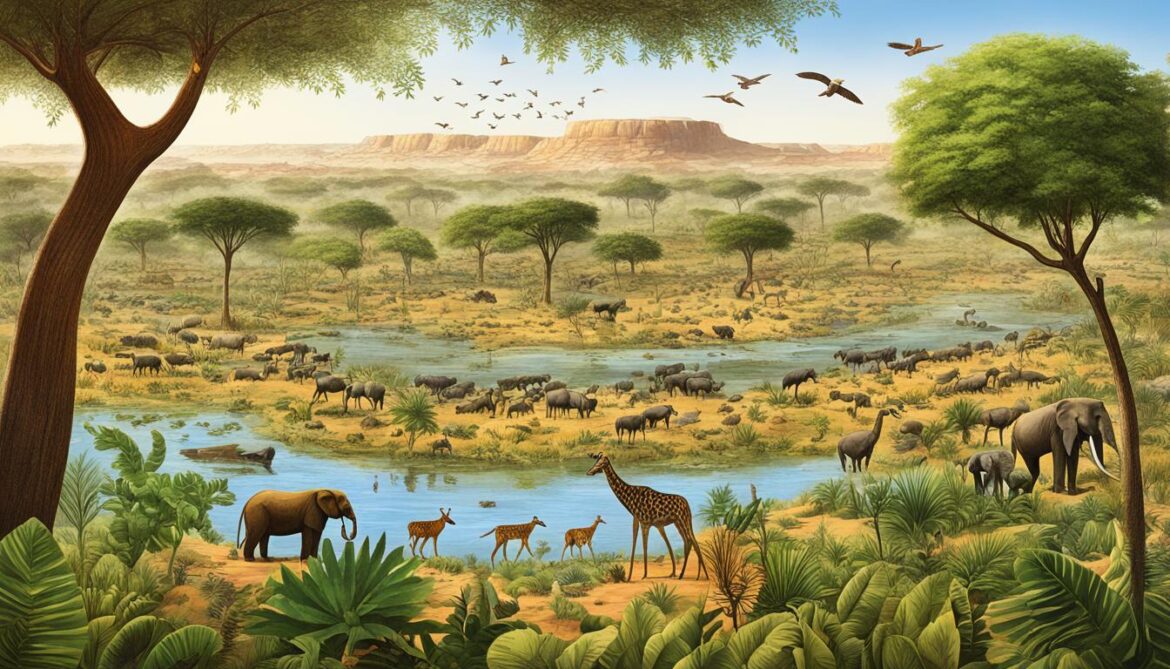
Threats to Mali Biodiversity
The rich biodiversity of Mali faces significant threats from various sources, including unsustainable logging practices, uncontrolled exploitation of wood for fuel, overgrazing, recurring droughts, and water deficits. These activities result in habitat destruction, loss of forest species, deforestation, depletion of natural resources, degradation of pastures, soil erosion, and changes in vegetation cover. The adverse effects of these threats extend to both wildlife and humans, impacting the environment and overall well-being.
Unsustainable logging practices and the uncontrolled exploitation of wood for fuel contribute to deforestation and the loss of crucial forest species. The depletion of natural resources further escalates habitat destruction and threatens the delicate balance of ecosystems.
Overgrazing exacerbates the degradation of pastures, leading to soil erosion and a decline in vegetation cover. This not only affects the availability of food and shelter for wildlife but also exacerbates the vulnerability of the ecosystem to climate change.
Recurring droughts and water deficits pose significant challenges to Mali’s biodiversity. The scarcity of water resources reduces primary production and negatively impacts the survival of various plant and animal species, further exacerbating habitat destruction and ecosystem destabilization.
Conservation Efforts for Mitigating Threats
Conservation efforts play a vital role in mitigating the threats faced by Mali’s biodiversity. By promoting sustainable practices, such as responsible logging and conservation-oriented land management, the preservation of habitats and species can be achieved.
Protecting Mali’s biodiversity requires collaborative efforts from government agencies, NGOs, local communities, and international organizations. Together, we can create awareness, implement conservation strategies, and develop sustainable initiatives to safeguard Mali’s unique natural heritage.
Incorporating sustainable agricultural and pastoral practices can help counteract the negative effects of overgrazing, preventing soil erosion and supporting the recovery of vegetation cover. Additionally, implementing measures to adapt to and mitigate climate change can help alleviate the adverse impacts of recurring droughts and water deficits.
The establishment and management of protected areas also contribute significantly to biodiversity conservation by providing safe havens for endangered species and preserving critical habitats. These protected areas serve as invaluable resources for research, education, and ecotourism, promoting sustainable development while conserving Mali’s natural heritage.
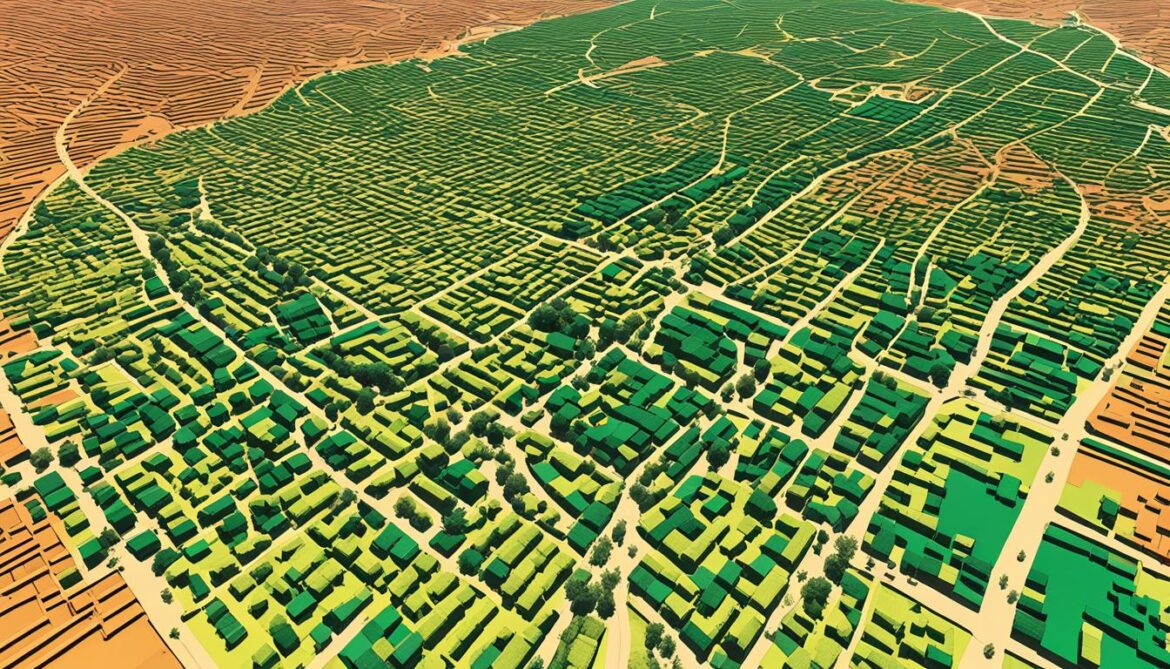
The image above illustrates the impact of habitat destruction, unsustainable practices, and climate change on the biodiversity of Mali. It highlights the urgency of conservation efforts to protect Mali’s unique and fragile ecosystems.
Mali’s Response: Conservation and Sustainable Development
Mali is fully committed to addressing the critical issue of biodiversity loss and has taken significant steps to ensure the preservation of its natural heritage. Recognizing the urgent need for action, the country has developed a comprehensive National Strategy and Action Plan for Biodiversity. This strategic framework aims to integrate biodiversity conservation into both government policies and civil society actions, fostering a collaborative approach to safeguarding Mali’s unique ecosystems.
At the heart of Mali’s conservation efforts is the promotion of sustainable development. By incorporating sustainable practices into various sectors, from agriculture to infrastructure, Mali strives to strike a balance between economic growth and environmental preservation. Through sustainable development initiatives, the country seeks to harness its natural resources responsibly while minimizing negative impacts on biodiversity.
Mali is actively working towards strengthening its capacity to implement effective conservation measures. This includes reinforcing knowledge management systems and enhancing scientific research capacities. By leveraging knowledge and expertise, Mali can make informed decisions and develop innovative approaches to address biodiversity loss.
Efforts are also underway to enhance collaboration between government agencies, civil society organizations, and local communities. By fostering partnerships and engaging stakeholders at all levels, Mali aims to create a collective commitment to biodiversity conservation and sustainable development.
“Biodiversity conservation goes beyond protecting individual species; it is a critical component of sustainable development. Mali’s holistic approach, as outlined in the National Strategy and Action Plan for Biodiversity, is a testament to our commitment to preserving our natural heritage for future generations.” – Ibrahim Boubacar Keïta, President of Mali
Mali firmly believes that sustainable development and biodiversity conservation are intertwined. By incorporating conservation practices into every aspect of development, the country is striving to create a harmonious synergy between human activities and its natural environment.
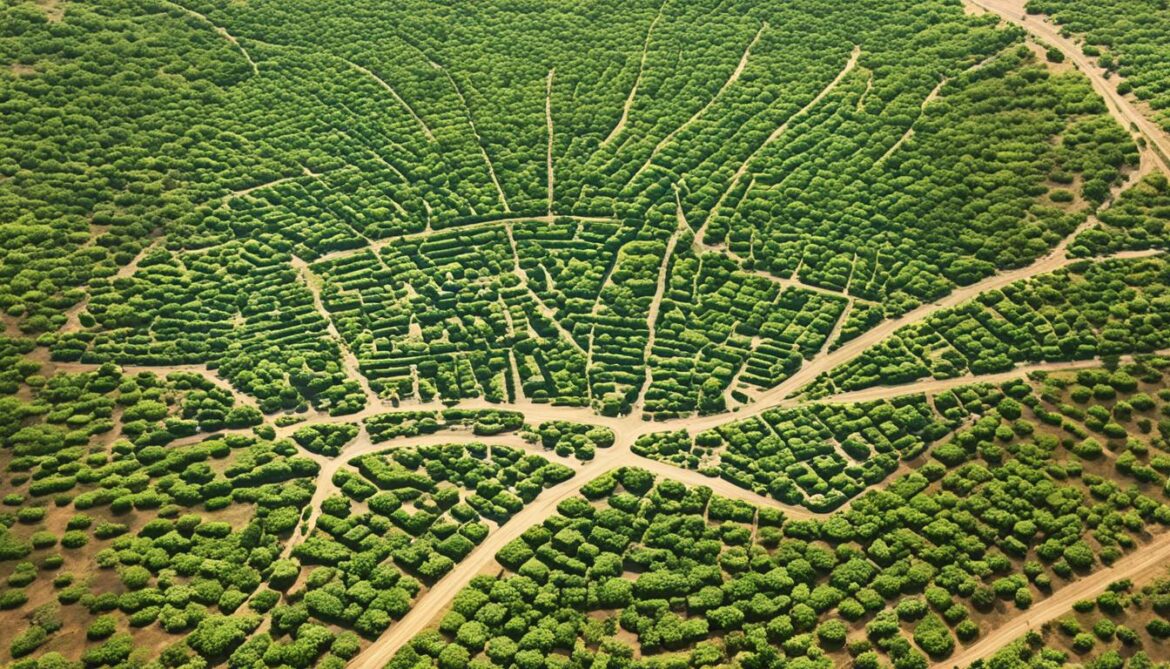
In the face of ongoing biodiversity loss, Mali remains resolute in its dedication to conserving and protecting its natural resources. Through the National Strategy and Action Plan for Biodiversity and a commitment to sustainable development, Mali is paving the way towards a future where biodiversity thrives alongside human development.
Incorporating Sustainable Practices in the Built Environment
In today’s world, it is more important than ever to prioritize sustainable practices in the built environment. By doing so, we can not only protect and enhance biodiversity but also contribute to a healthier and more resilient planet. The construction industry plays a vital role in this endeavor, as it has the potential to significantly impact the surrounding environment.
One of the key ways the construction industry is beginning to address biodiversity conservation is through the implementation of mandatory biodiversity net gain for new construction developments. This approach aims to minimize the negative impact on biodiversity and ensure a positive outcome by creating additional habitats for animals and plants to flourish.
Furthermore, habitat modification and the development of green spaces in urban areas can provide a refuge for displaced wildlife and play a crucial role in promoting urban ecosystems. Green spaces not only enhance the aesthetic appeal of cities but also contribute to the overall well-being of residents by providing opportunities for recreation and connection with nature.
Incorporating sustainable practices in the built environment can contribute to the preservation of biodiversity and the sustainability of our cities. By creating green spaces and prioritizing biodiversity conservation, we can create a harmonious balance between urban development and the natural world.
The construction industry is increasingly recognizing the importance of conservation initiatives. By adopting sustainable practices such as using renewable materials, promoting energy efficiency, and minimizing waste, the industry can reduce its ecological footprint and contribute to the long-term preservation of biodiversity.
It is essential for stakeholders in the construction industry, including architects, builders, and policymakers, to collaborate and prioritize sustainability in their practices. Through joint efforts, we can create a sustainable built environment that not only mitigates the impact of construction activities on biodiversity but also promotes the well-being of both humans and the natural world.
Conclusion
Mali’s biodiversity is a valuable asset that is under constant threat from human activities and climatic hazards. To safeguard the well-being of its population and the sustainability of its ecosystems, it is imperative to prioritize the conservation of Mali’s precious biodiversity. Efforts to protect and conserve the country’s diverse flora and fauna, establish and maintain protected areas, and integrate sustainable practices in the built environment are vital for ensuring the long-term survival and flourishing of Mali’s unique and valuable biodiversity.
Preserving Mali’s biodiversity not only ensures the continued existence of its remarkable plant and animal species but also nurtures the intricate web of life that sustains ecosystems and supports the livelihoods of local communities. The establishment of protected areas plays a crucial role in safeguarding habitat, providing a safe haven for endangered and vulnerable species, and preserving the remarkable biodiversity hotspots within Mali’s landscapes.
Furthermore, by incorporating sustainable practices in the construction industry and promoting green spaces in urban areas, Mali can create a harmonious synergy between its built environment and its biodiversity. Conservation initiatives in the construction sector can help mitigate the impact on biodiversity while providing valuable habitats for displaced wildlife and contributing to a more sustainable future. By prioritizing biodiversity conservation and sustainable development, Mali can ensure the preservation and prosperity of its natural heritage for generations to come.




